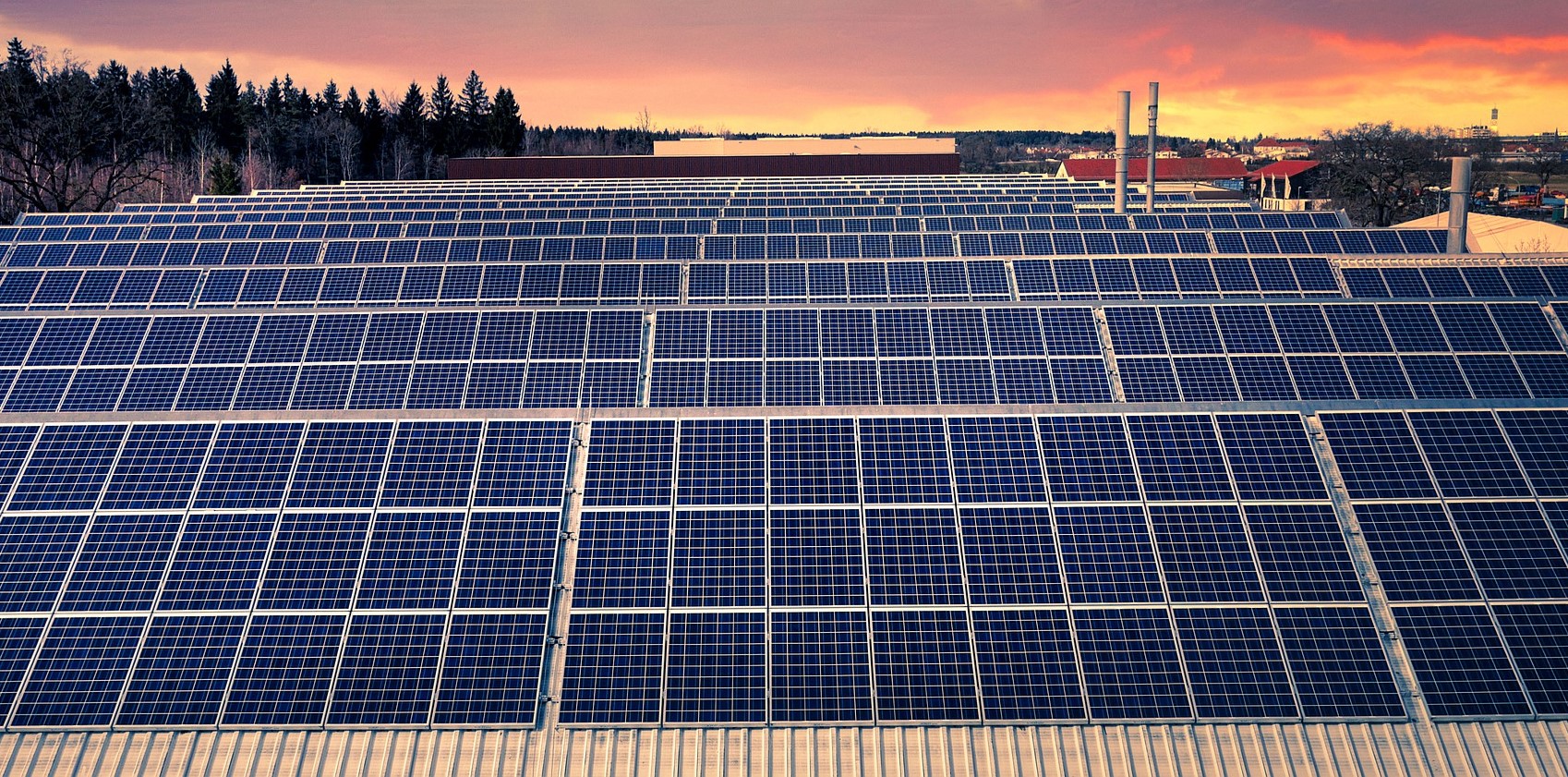HANetf has reduced the fees on clean energy and solar ETFs in a bid to attract a broader range of investors.
Effective 1 June, the total expense ratio (TER) of the HANetf S&P Global Clean Energy Select HANzero UCITS ETF (ZERO) will be reduced from 0.55% to 0.39% while the Solar Energy UCITS ETF (TANN) will see its TER cut from 0.69% to 0.49%.
The changes mean TANN is now the cheapest solar ETF in Europe, undercutting the Global X Solar UCITS ETF (RAYG) by one basis point.
The white-label ETF issuer said the move was to offer “optimal investment outcomes for its clients”.
ZERO is now the second-cheapest clean energy ETF, ahead of the L&G Clean Energy UCITS ETF (RENG) with a TER of 0.49%, and behind the Xtrackers MSCI Global SDG 7 Affordable and Clean Energy UCITS ETF (SDG7) which has a TER of 0.35%.
Hector McNeil, co-founder and co-CEO of HANetf, said: “By significantly lowering the fees, we are demonstrating our commitment to providing investors with cost-effective investment solutions while aligning our offerings with the accelerating demand for clean energy investments.
“We believe these reductions will help investors increase their returns across their portfolios.”
TANN has returned -2.1% so far this year, outperforming its peers, the Invesco Solar Energy UCITS ETF (RAYS) and RAYG, which have returned -3.7% and -12.8%, respectively, according to justETF.
Meanwhile, ZERO has returned -4.8%, performing better than the iShares Global Clean Energy UCITS ETF (INRG) with returns of -7.4% but well behind the themes top performer, the First Trust Nasdaq Clean Edge Green Energy UCITS ETF (QCLN), which has returned 2.1% this year, as at 2 June.
The sector has cooled following renewed interest last year as governments looked to shift away from reliance on Russian gas and oil following its invasion of Ukraine.
The incoming of the US Inflation Reduction Act also boosted returns after the government pledged $370bn in tax credits for the renewable energy industry.



